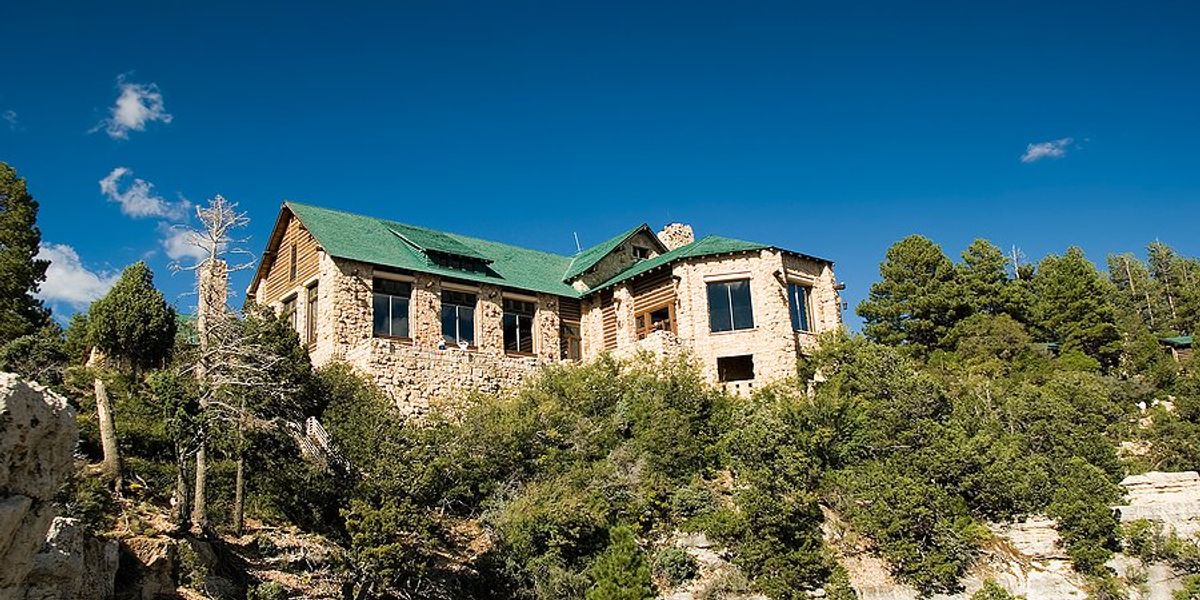uranium
US shifts to domestic uranium production amid geopolitical tensions
The Biden administration has enacted a law ending uranium imports from Russia to bolster local production and strengthen the U.S. nuclear energy sector.
In short:
- President Biden's new law not only prohibits Russian uranium imports but also allocates $2.7 billion to support U.S. uranium mining and processing.
- Domestic efforts include reopening mines in Arizona and Utah, despite ongoing environmental and tribal concerns.
- Secretary of Energy Jennifer Granholm emphasized the importance of self-reliance in nuclear fuel supply for America's clean energy future.
Key quote:
"Our nation’s clean energy future will not rely on Russian imports. We are making investments to build out a secure nuclear fuel supply chain here in the United States."
— Jennifer Granholm, Secretary of Energy
Why this matters:
Increasing domestic uranium production could lead to mixed outcomes. On the positive side, bolstering local production of uranium reduces reliance on foreign resources, which can enhance national security and reduce vulnerabilities associated with geopolitical tensions. However, uranium mining and milling are resource-intensive processes that pose potential risks to local ecosystems and water sources. The extraction process can generate large amounts of waste rock and tailings, which may contain hazardous substances like radium and arsenic. These can contaminate groundwater and surface water if not properly managed.
Uranium mining's comeback raises environmental concerns
A renewed interest in nuclear power is spurring a boom in uranium mining, despite the environmental and health concerns stemming from its historical legacy.
In short:
- New and reactivated uranium mines are opening globally, driven by efforts to combat climate change and reduce dependence on fossil fuels.
- Technological advancements promise cleaner mining methods, but skepticism remains due to past environmental damage and health issues, particularly among Indigenous communities.
- International and domestic policies are promoting nuclear energy expansion, increasing uranium demand despite environmental and geopolitical challenges.
Key quote:
"Everyone is convinced there is going to be a much larger demand for uranium going forward."
— Matthew L. Wald, energy analyst for the American Nuclear Society and the Breakthrough Institute
Why this matters:
This renewed focus on nuclear power has spotlighted the uranium mining industry, which faces both opportunities and challenges. On one hand, increased demand for nuclear energy could stimulate growth in the uranium market, encouraging investments and potentially leading to advancements in mining technologies. On the other hand, uranium mining is not without its environmental and health implications, such as radioactive waste management and contamination risks.
New dashboard reveals uranium mine risks in New Mexico
A new online dashboard launched by New Mexico helps locals and officials understand the dangers of closed uranium mines and mills, highlighting ongoing health and environmental risks.
In short:
- New Mexico's history with uranium mining, crucial for its nuclear program, has left numerous abandoned sites posing ongoing risks.
- The interactive dashboard provides detailed information on these sites, including locations, historical operators, and regulatory actions.
- Aimed at a wide audience, the tool aims to simplify access to information and raise awareness about the legacy of uranium mining in the state.
Key quote:
"We want to make the information on former uranium mining sites in New Mexico as easy as possible to access."
— Miori Harms, uranium mining reclamation coordinator.
Why this matters:
This dashboard not only educates but also connects a local issue to broader national concerns about environmental remediation and public health.
One of first US uranium mines opens near Grand Canyon after eight years
The opening of the Pinyon Plain mine comes as the US seeks to boost domestic production of the mineral needed for nuclear energy and accelerate divesting from fossil fuels.
New uranium mines spark controversy in Arizona and Utah
In a contentious move, uranium mining resumes near Grand Canyon amid environmental concerns.
In short:
- Three uranium mines have started operations along the Arizona-Utah border, marking the first in the U.S. in eight years, driven by rising uranium prices and a global shift toward nuclear energy.
- The mines face strong opposition from tribes and environmentalists, concerned about long-term impacts on water quality, health, and culturally sensitive lands.
- Despite market demand, experts question the viability of nuclear energy in the clean energy transition, citing high costs and limited processing facilities in the U.S.
Key quote:
"The Pinyon Plain Mine impacts cultural resources. It impacts water resources. And it impacts one of the wonders of the world. It’s just a place that seems common sense that you wouldn’t want to put a uranium mine, yet here we are."
— Amber Reimondo, energy director with the Grand Canyon Trust
Visit EHN's energy section for more top news about energy, climate and health.



















